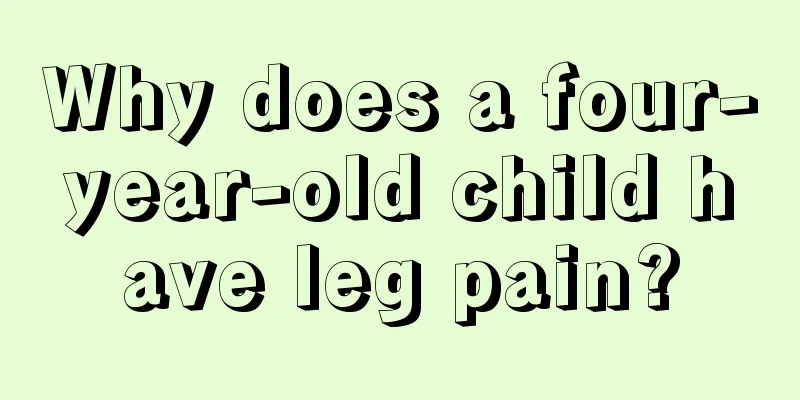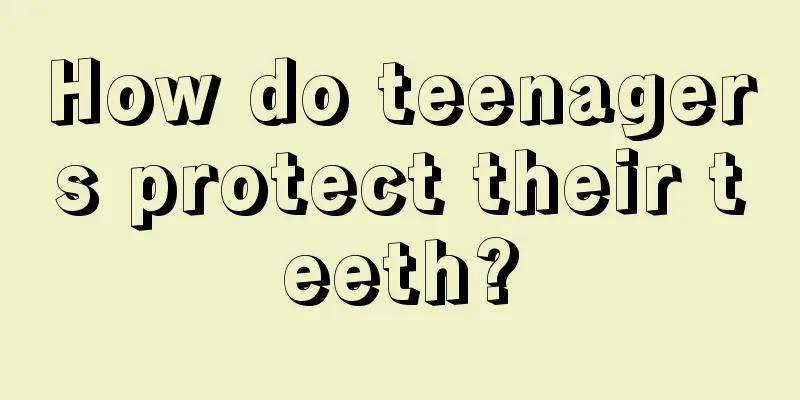Is it vitiligo if there are white spots on the face of a four-year-old child?

|
What's wrong with children having vitiligo? In fact, such symptoms should be checked in the hospital in time. If it is really vitiligo, it should be actively treated. Of course, it may also be some skin diseases such as psoriasis. Therefore, as parents, don’t worry too much. Actively conduct corresponding examinations to determine the cause of the problem, and then conduct targeted treatment. There are many possible situations for white spots on the face. Are the white spots on a four-year-old child’s face vitiligo? The symptoms of vitiligo can manifest as white spots, but white spots are not always caused by vitiligo, that is to say, white spots on the skin are not necessarily symptoms of vitiligo. Vitiligo is a general term for all similar skin diseases. There are many diseases with white spots as symptoms, and vitiligo is just one of them. When vitiligo first occurs, the white spots are slightly depigmented and the boundaries are blurred, so it is usually difficult to make a correct judgment in time. If the surface of the white spot is smooth, does not flake, and does not hurt or itch, it may be caused by vitiligo. However, the most scientific method is to go to a regular professional hospital and undergo relevant examinations to ensure the scientific nature of the diagnosis. Vitiligo should be treated as early as possible because the area of skin lesions in the early stage is small, pigmentation is easy to restore, and the melanocytes of the epidermis and hair follicles are not completely destroyed, making it easier to treat. In addition, patients with vitiligo should also receive staged treatment according to the development stage of the disease, using drugs such as immune preparations or immunomodulators and topical corticosteroids in the progressive stage. The purpose of the stabilizer is to restore the pigmentation of the white spot area. The function of the drug is to stimulate the remaining melanocytes in the hair follicles and epidermis. We know that vitiligo is a very serious skin disease. The causes of its symptoms are very complex. It is mainly due to lack of immunity. It is also closely related to the imbalance of organ functions. It is also very difficult to treat, so prevention and treatment when the disease is mild are very important, and should be given due attention. |
<<: How to treat constipation in children?
>>: What causes anemia in children?
Recommend
How to prevent asthma in children?
In late autumn, the temperature will change at an...
Why can't children drink honey?
Honey is a familiar food that has great benefits ...
Why does my child keep sneezing?
There are many reasons why children always sneeze...
What to do if your 1-year-old baby has diarrhea
Every change in the baby after birth is watched b...
A two-year-old child cannot walk
If a two-year-old child still cannot walk, parent...
What are the treatments for hernia in children?
Hernia is a common clinical problem. There are ma...
What should I do if a 12-day-old baby has a fever?
When a baby is just born, it has been separated f...
Causes and treatments of oral ulcers in babies with fever
If a baby has oral ulcers, he will show varying d...
What is the situation of foam in the stool of a two-month-old baby?
We have to metabolize every day. Some abnormal co...
Diseases that may be caused by excessive eye mucus in newborn babies
Speaking of eye boogers, I believe everyone is fa...
Normal value of phenylalanine in newborns
Many people do not understand neonatal phenylalan...
What should I do if my eleven-month-old baby has trouble sleeping?
Poor sleep is not only a problem for adults, but ...
Why does my child have a hoarse voice?
During the growth and development period of child...
Treatment of red pimples on eight-month-old baby
When a baby first comes into this world, his body...
Symptoms and treatment of viral keratitis in children
Viral keratitis is relatively common in clinical ...









